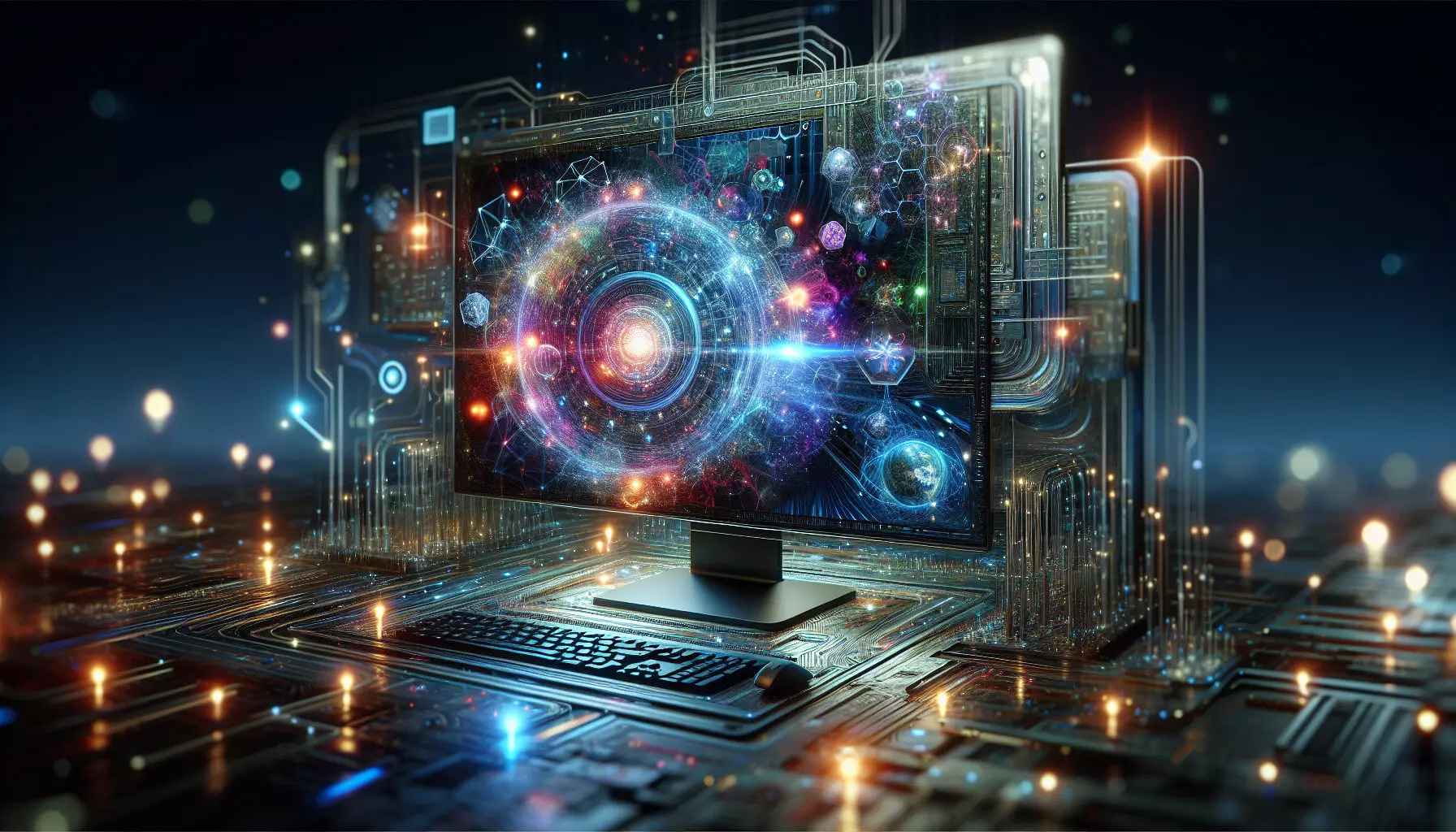As artificial intelligence (AI) continues to integrate itself into various sectors of our lives, the escalating energy demands associated with these technologies have become a pressing issue. A groundbreaking advancement presented by engineers at BitEnergy AI has the potential to address this challenge remarkably. Their recent publication on the arXiv preprint server details a technique that could slash energy consumption for AI applications by an astonishing 95%. This development not only positions BitEnergy AI as a frontrunner in sustainable technology but also sets a pivotal precedent for future AI innovations.
The proliferation of AI applications in recent years has undeniably led to increased operational energy costs. For instance, large language models (LLMs) like ChatGPT necessitate exorbitant computational resources, consuming approximately 564 megawatt-hours (MWh) daily—equivalent to the energy required to power 18,000 typical American homes. The projected energy usage for AI technologies could reach an alarming 100 terawatt-hours (TWh) annually, rivaling the energy consumption seen in Bitcoin mining. This growing concern highlights the necessity for more energy-efficient methodologies in AI development.
The team at BitEnergy AI attributes their success to a surprisingly simple approach. They propose replacing the prevalent floating-point multiplication (FPM) utilized in AI computations with a method centered on integer addition. The traditional reliance on FPM arises from its ability to manage large computational figures with high accuracy. Yet, it also represents the most power-hungry aspect of AI processing. By introducing a technique dubbed Linear-Complexity Multiplication, BitEnergy AI aims to reproduce the outcomes of FPM with considerably lower energy expenditure.
This innovation in multiplication methods unfolds an opportunity for AI systems to operate efficiently without sacrificing performance quality. The team’s experimental findings corroborate their claims, indicating a remarkable reduction in electricity consumption while maintaining the effectiveness of AI applications.
Despite the promising advantages of this new technology, a significant hurdle arises in the form of hardware compatibility. The method necessitates alternative hardware solutions. Fortunately, the researchers have already embarked on the journey to design, construct, and test this new hardware. However, the commercialization aspect remains murky. The AI hardware landscape is currently dominated by Nvidia and similar tech giants. Their potential response to this revolutionary methodology could substantially influence its integration into the existing market and determine the speed of its adoption.
BitEnergy AI’s groundbreaking approach to curtailing energy use in AI technologies presents a glimmer of hope amidst concerns regarding environmental impacts and operational expenses. With the tech world’s increasing focus on sustainability, transitioning toward more efficient computing methods is paramount. As verification processes unfold and the industry grapples with the implications of this method, we may witness a transformative shift in how AI applications are designed and utilized, heralding a new era of sustainable technology.


Leave a Reply